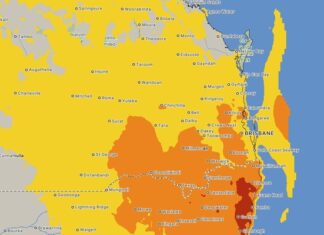The Southern Downs Regional Council will put a motion forward at the Local Government Association of Queensland (LGAQ) Conference in October in relation to the appropriate management of flying fox colonies.
“We need to manage these colonies. They seem to be more at home in the urban environment than the rural environment, which is of significant concern to myself and the council,” Mayor Ron Bellingham said.
“Flying foxes are a carrier of disease and no-one is advising what we can do and that is my absolute frustration,” Cr Bellingham said.
“We’re just plain lucky at this stage that we haven’t had any instances of the Hendra virus,” he said.
Cr Bellingham said there was a lot of equine activity in our region and therefore horse owners should take the appropriate precautions.
“Protective measures include placing feed and water under cover where possible, not placing feed and water under trees when flying foxes are in the area, not using feed that might attract flying foxes, such as fruit and vegetable, and, where possible, removing horses from fields where flying foxes are active, and fencing off trees where flying foxes roost,” Australian Veterinary Association president Dr Barry Smyth said.
Common signs to look out for include respiratory distress, frothy
nasal discharge, elevated body temperature (above 40°C), and elevated heart rate. However, it is important to realise there are no specific signs of infection.
Get the latest news to your email inbox FREE!
REGISTER




